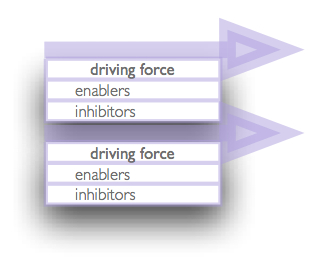Difference between revisions of "Driving Forces"
Jump to navigation
Jump to search
Wonhyunyun (talk | contribs) |
Wonhyunyun (talk | contribs) |
||
| Line 18: | Line 18: | ||
<td valign="top">'''[[Economic Driving Forces]]''' | <td valign="top">'''[[Economic Driving Forces]]''' | ||
<font size="-2">Including:<br> | <font size="-2">Including:<br> | ||
[[E-commerce in developing countries]], [[Crisis of the capitalism]], , [[Open Source]], [[Declining Dollar]], [[Chinese Families' economic condition]], [[Shift to Alternative Energy Sources]] and [[Affective Issues on China Economy]] </font> | [[E-commerce in developing countries]], [[Crisis of the capitalism]], , [[Open Source]], [[Declining Dollar]], [[Chinese Families' economic condition]], [[Shift to Alternative Energy Sources]] and [[Affective Issues on China Economy]], [[Increasing influence of Seoul’s economy on the overall Korean economic condition]]</font> | ||
</td> | </td> | ||
Revision as of 09:31, 17 November 2005
 |
A driving forces is a conceptual tool that help us understand deep trends working in the world, that have an effect on the terrain of your focal issue. Below is an introduction how to determine a driving force, a template to fill in and instructions how to upload your driving forces. These where originally meant for students, but can of course be used by anyone. How to determine a driving force? |
[[1] [WTHPD1]] WTHPD2 [| WTHPD3] | WTHPD4 [WTHPD5 | http://WTHP5.coolhost.biz] [WTHPD6] http://WTHP7.coolhost.biz http://WTHP8.coolhost.biz